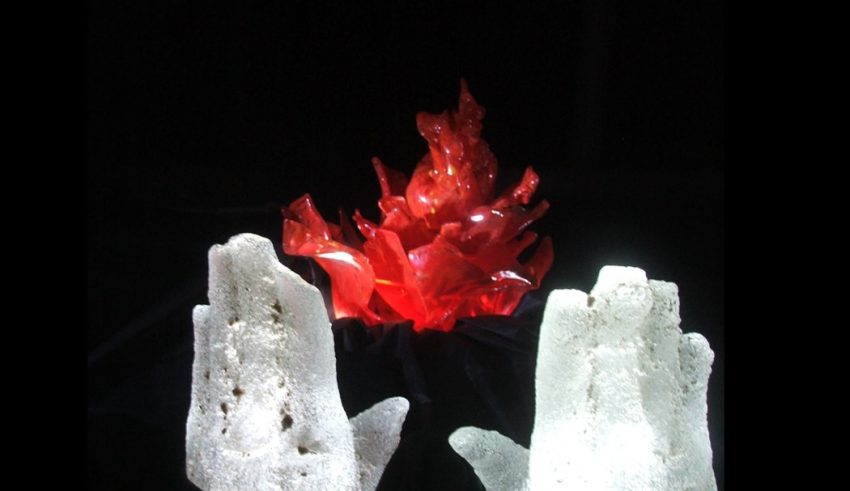
Virtually all the couples we interviewed communicated only a small portion of their messages through words. In general, the longer a couple has been an entity, the greater the percentage of total communication that seems to come through nonverbal modalities. Men and women who live together simply can’t shut off their communication with one another. As much as they would like to, they continue to communicate. Move to another room to get away from one’s partner, and this communicates something. Find a few moments to get away from everything, and our partner gets a message (be it accurate or inaccurate). Snuggle up with our beloved and we also communicate something to them without having to say anything.
The Content and Relationship of Communication
The second axiom is closely related to the first. Any communication implies a commitment (of some form) to a relationship and thereby defines the relationship. Communication is used by all animals (including humankind) not only to transmit information but also to influence the behavior of other members of the same species. Gregory Bateson referred to these two aspects of communication as “report” and “command” functions.
Bateson used a neurophysiological analogy in defining these two ‘critical functions. He described the linear firing of three neurons in the brain. According to Bateson, the firing of the second neuron is both a “report” that the first neuron has fired and a “command” that the third neuron also fire. The response (verbal or nonverbal) of Dave to the initial comments of Kathy provides not only an indication (“report”) that Dave had in fact heard Kathy and is concerned enough about his relationship to respond to her statement, but also an inducement (“command”) for Kathy to respond, in turn, to him — either verbally or nonverbally.









